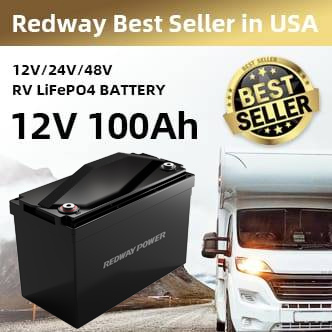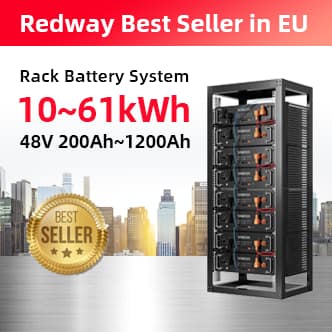Energizer offers both lithium and alkaline batteries, each designed for different applications. Alkaline batteries are commonly used in everyday devices, while lithium batteries provide superior performance in extreme conditions. Understanding the differences between these types is essential for selecting the right battery for your needs.
Introduction to Energizer Batteries
Energizer is a well-known brand in the battery industry, offering a variety of battery types to meet consumer needs. Their product line includes alkaline, lithium, and rechargeable batteries, each with unique characteristics that make them suitable for specific applications.
| Key Features | Description |
|---|---|
| Brand | Energizer |
| Types | Alkaline, Lithium, Rechargeable |
| Common Uses | Household devices, cameras, high-drain electronics |
Types of Energizer Batteries
Alkaline Energizer Batteries
Energizer alkaline batteries are the most commonly used disposable batteries. They provide a nominal voltage of 1.5 volts and are suitable for low to moderate drain devices such as remote controls, flashlights, and toys. They typically have a capacity ranging from 1200 to 3000 mAh, depending on the specific model.
Lithium Energizer Batteries
Energizer lithium batteries, such as the Ultimate Lithium series, also provide a nominal voltage of 1.5 volts but excel in high-drain applications. They maintain performance in extreme temperatures and have a longer shelf life (up to 20 years). Their capacity usually ranges from 3000 to 3500 mAh, making them ideal for devices like digital cameras and high-performance flashlights.
Rechargeable Energizer Batteries
Energizer also offers rechargeable nickel-metal hydride (NiMH) batteries that have a nominal voltage of about 1.2 volts. While they have lower initial voltage compared to alkaline and lithium options, they can be recharged multiple times (typically around 1000 cycles) and are more environmentally friendly.
Chart: Battery Type Comparison
| Battery Type | Nominal Voltage (V) | Typical Capacity (mAh) | Shelf Life |
|---|---|---|---|
| Alkaline | 1.5 | 1200 – 3000 | 5 – 10 years |
| Lithium | 1.5 | 3000 – 3500 | Up to 20 years |
| NiMH | 1.2 | ~600 – ~1000 | Up to 5 years |
Performance Comparison
When comparing the performance of these battery types:
- Alkaline: Performs well under low-drain conditions but loses capacity quickly under high-drain usage or extreme temperatures.
- Lithium: Maintains stable voltage under load and performs better in cold conditions compared to alkaline batteries.
- Rechargeable NiMH: Offers good performance but has lower voltage output; ideal for devices that require frequent battery changes.
Chart: Performance Under Load
| Battery Type | Voltage Under Load (V) | Capacity After Heavy Load (mAh) |
|---|---|---|
| Alkaline | ~1.3 | ~1000 |
| Lithium | ~1.4 | ~3000 |
| NiMH | ~1.2 | ~500 |
Applications for Each Type
Each type of Energizer battery has specific applications based on its characteristics:
- Alkaline: Best suited for low-drain devices such as remote controls, wall clocks, and flashlights.
- Lithium: Ideal for high-drain devices like digital cameras, GPS units, and outdoor equipment that operates in extreme temperatures.
- Rechargeable NiMH: Suitable for devices that require frequent battery changes, such as game controllers and wireless mice.
Advantages and Disadvantages
Understanding the pros and cons of each type can help consumers make informed choices:
Advantages:
- Alkaline:
- Widely available and cost-effective.
- Good performance for everyday use.
- Lithium:
- Excellent performance in extreme conditions.
- Longer shelf life compared to alkaline.
- Rechargeable NiMH:
- Cost-effective over time due to rechargeability.
- Environmentally friendly option.
Disadvantages:
- Alkaline:
- Not suitable for high-drain applications.
- Shorter lifespan under heavy load.
- Lithium:
- Higher upfront cost compared to alkaline.
- Limited availability in some regions.
- Rechargeable NiMH:
- Lower initial voltage may not suit all devices.
- Requires a compatible charger.
Latest News on Battery Technology
Recent advancements in battery technology have focused on improving energy density and efficiency across various applications. Innovations include enhanced lithium chemistries that provide longer life spans and better performance under load. These developments aim to cater to the growing demand for reliable power sources in consumer electronics.
Redway Expert Comment
“Energizer continues to lead the market with its diverse range of batteries,” states an expert from Redway Technologies. “Understanding the specific needs of your devices is crucial when choosing between alkaline, lithium, or rechargeable options.”
Frequently Asked Questions (FAQs)
Q: Are Energizer batteries lithium or alkaline?
A: Energizer produces both lithium and alkaline batteries; each type serves different applications based on their chemistry and performance characteristics.Q: What is the shelf life of Energizer lithium batteries?
A: Energizer lithium batteries can last up to 20 years, making them ideal for long-term storage applications.Q: Can I use rechargeable NiMH batteries in place of alkaline?
A: Yes, but keep in mind that NiMH batteries provide about 1.2 volts, which may affect performance in some devices designed for 1.5V alkaline batteries.Q: How do I know which type of Energizer battery to use?
A: Consult your device’s user manual or specifications to determine the recommended battery type based on voltage requirements.



